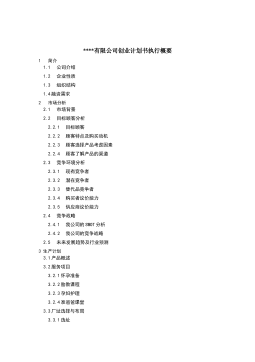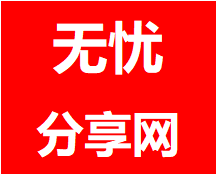USST_Arts_112060627日韩对华产业转移及其贸易效应对比分析
摘要随着经济全球化进程加快和科学技术飞速发展,产业转移成为国际间经济活动的重要组成部分,伴随着国际产业转移的是各国经济开放和竞争加剧。各国不断追逐国际贸易利益,加之资源分配不均,资本在国际间流动并带动了产业其他资源的转移。亚洲是国际产业转移活动的中心,区域内的产业转移对各国的经济发展都是一次重要的机遇。日本和韩国的经济正面临着产业对外转移和国内经济结构调整的问题,同时日韩也是我国重要的外资来源国和贸易伙伴。我国丰富的资源、完善的基础设施和广阔的市场吸引了大批发达国家来华投资。作为亚洲经济的“领头羊”,日本和韩国对华产业转移在我国的经济发展和产业结构调整过程中占着举足轻重的作用。随着我国经济的发...
相关推荐
-
USST_Arts_112480743自动生产线的同步维修模型及案例分析VIP免费
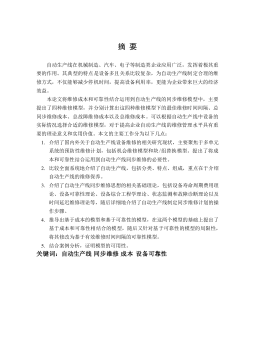
 2025-01-09 14
2025-01-09 14 -
USST_Arts_112480745基于供需网特征理念的企业间关系状态研究VIP免费

 2025-01-09 15
2025-01-09 15 -
USST_Arts_112480756 我国城镇化与能源消费结构间关系的研VIP免费
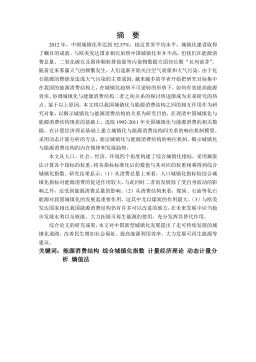
 2025-01-09 20
2025-01-09 20 -
USST_Arts_112490763 企业创新型团队社会网络、知识管理过程及团队创造力关系研究VIP免费

 2025-01-09 13
2025-01-09 13 -
USST_Arts_112490769创新团队执行力影响因素分析VIP免费

 2025-01-09 16
2025-01-09 16 -
USST_Arts_112070649基于团队自反性的科技型企业TMT特征对企业绩效的影响研究VIP免费
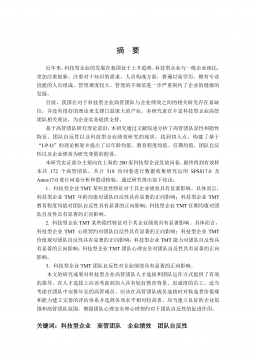
 2025-01-09 21
2025-01-09 21 -
TR公司工业机器人市场发展战略研究VIP免费

 2025-01-09 24
2025-01-09 24 -
二氧化碳套管式气冷器的研究VIP免费

 2025-01-09 17
2025-01-09 17 -
非共沸混合物在微通道水平单管内流动沸腾特性VIP免费
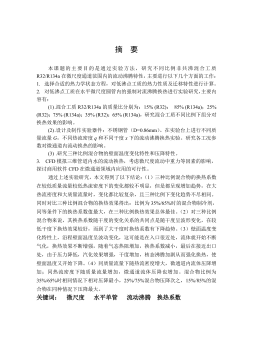
 2025-01-09 81
2025-01-09 81 -
基于MRO的连铸辊维护管理系统研究VIP免费
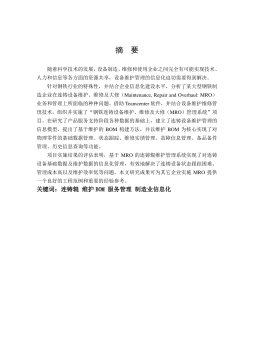
 2025-01-09 11
2025-01-09 11
相关内容
-

USST_Arts_112070649基于团队自反性的科技型企业TMT特征对企业绩效的影响研究
分类:高等教育资料
时间:2025-01-09
标签:无
格式:PDF
价格:15 积分
-

TR公司工业机器人市场发展战略研究
分类:高等教育资料
时间:2025-01-09
标签:无
格式:PDF
价格:15 积分
-

二氧化碳套管式气冷器的研究
分类:高等教育资料
时间:2025-01-09
标签:无
格式:PDF
价格:15 积分
-

非共沸混合物在微通道水平单管内流动沸腾特性
分类:高等教育资料
时间:2025-01-09
标签:无
格式:PDF
价格:15 积分
-

基于MRO的连铸辊维护管理系统研究
分类:高等教育资料
时间:2025-01-09
标签:无
格式:PDF
价格:15 积分


